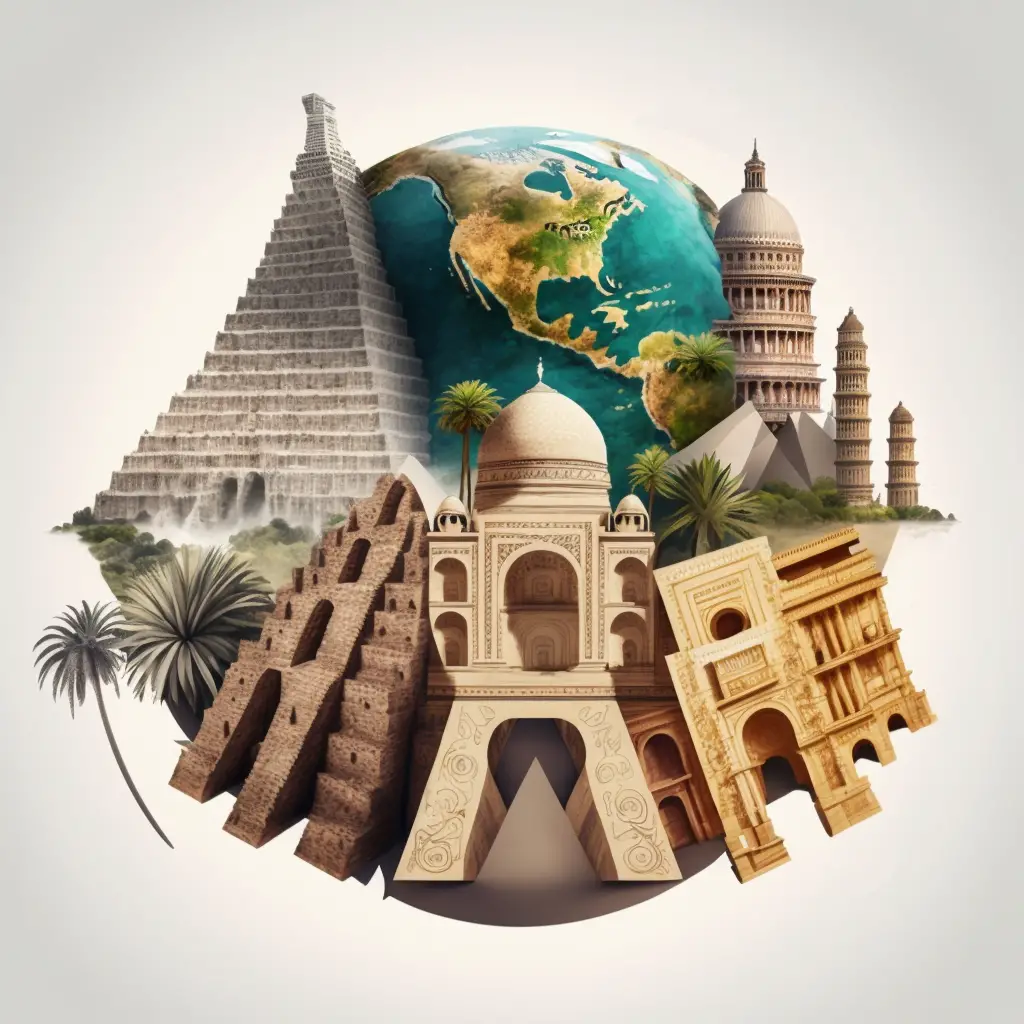
I loved my basement as a kid. The cool concrete floors, the drop-of-a-pin silence, the old mangey couch cushions that could turn a drab room into a harrowing fortress adventure — it was a grand escape.
But my favorite thing was the boxes full of hundreds of old National Geographic magazines my grandmother had gifted us.
Spanning decades of issues and thousands of topics, it was my version of Ali Baba’s cave, laden with treasures of untold stories, breathtaking photos, and intriguing facts.
These magazines became my travel companions, my history teachers, and my watershed of a lifelong thirst for knowledge.
It’s no wonder I ended up moving across the ocean to explore the world in my young adulthood — I had to experience what I saw.
Even a few years later when I had the mostly awesome perk of jet-setting around the world for work, this little magazine found its way back to me.
Anytime I had to take a business flight, I had two main things I needed to do:
- Visit Burger King, a restaurant that didn’t exist in Taiwan at the time.
- Buy a National Geographic magazine at the airport bookstore and consume it on the flight.
This story, however, is about the magazine’s journey, not mine.
The Origins of National Geographic

National Geographic began as a scholarly journal in 1888 by the founding members of the National Geographic Society, just 33 people, comprised of wealthy donors and world explorers.
Interestingly, its first president was a man named Gardiner Greene Hubbard, who co-founded the much beloved AT&T. Even more interesting, the 2nd president was Hubbard’s son-in-law, Alexander Graham Bell (a fellow Canadian!) and also a co-founder of AT&T.
The non-profit’s founding purpose?
“a society for the increase and diffusion of geographical knowledge.”
The magazine’s pivotal shift occurred in 1905, when it embraced the magic of visual storytelling, painting vivid narratives through stunning photos. By 1908, more than half the magazine was dedicated to this medium. This format revolutionized the way people consumed content, with National Geographic becoming synonymous with outstanding pictorial content.
Over the years, it grew from being an academic offering to a global publication, and by the 1930s, it had reached a million subscribers.
National Geographic’s journey, however, was not always an upward climb.
As the world shifted into the digital age, the magazine found it increasingly difficult to keep pace. The struggle for relevance in the rapidly changing ecosystem became evident with its association with perhaps the second most beloved company in the world, Fox, for TV production.
Their strange partnership took place in 2015, creating a for-profit company called National Geographic Partners, giving 73% of the control to Fox in exchange for $725 million to the non-profit society.
James Murdoch, the CEO of Fox at the time, told an interviewer they had no plans to change things after the acquisition. True to the truthful style of Fox we’ve seen since then, they laid off 10% of the workforce less than two months later.
That partnership ended up going over to Disney when they took over Fox in our increasingly monopolized economy, which leads us to today.
National Geographic is Doomed
As it stands, National Geographic faces an existential crisis, resembling one of the endangered species it has so eloquently chronicled.
The magazine recently laid off all of its last remaining staff writers, outsourcing future article assignments to freelancers or in-house editors. The once vibrant newsrooms are now eerily silent, and the iconic field photography has been curtailed drastically.
With the advent of digital media, the meticulously curated, visually spectacular, and deeply researched articles of National Geographic appear to have fallen out of favor.
Its subscriber base has dwindled, and the once omnipresent yellow-bordered print publication will cease to adorn newsstands starting next year.
Even their TV channel, which perhaps when it was founded in the late 90s (by partnering with Fox) was full of hope to educate millions of people about the interesting complexities of the world, ended up dominating its lineup with such elegant content we’ve come to expect like “Doomsday Preppers” and “Banged Up Abroad”.
No more writers.
No more stunning photography.
No more newsstand sales next year.
No more airport bookshop magazines for me and no more inspiring periodicals for wide-eyed kids exploring the world in their basements.

At its peak in the 1980s, National Geographic reached a staggering 12 million subscribers in the US alone. Its meticulously researched articles and striking photos formed tall towers in the homes of avid readers.
But today, the magazine’s future looks uncertain, with a circulation just shy of 1.8 million, and possibly soon, 0.
At least we can keep watching Fox/Disney further drag the respectful magazine’s name through the mud on daytime reality TV shows in the name of never-ending short-term profit margins.
At the same time, the group that started the magazine, the National Geographic Society, which used to run on a budget of millions, now has 1.6 billion dollars in its piggy bank.
What I can’t understand is how a genuinely motivated non-profit can’t find a way to justify or fund such a worthy educational cause as the original magazine.
How Did We Get Here?
Maybe it’s our fault.
The number of people getting the magazine dropped from 12 million to less than 2 million and falling.
Have we stopped liking deep, thoughtful content?
Is our need for quick, easy digital media so great that we don’t enjoy the feel of a paper magazine, the smell of the ink, or the glossy photos under our fingertips?
At its best, National Geographic was like a trip around the world.
It took us to far-off places, deep oceans, and distant galaxies. Have we lost interest in these amazing trips? Are we happy to learn from quick facts and short videos and hope they contain a modicum of truth?
Or maybe it’s not about us.
Maybe it’s about business. A couple of decades ago, digital media was the new favorite and got all the money. The National Geographic Society, even with all its donated wealth, decided to go into the reality TV market.
When the National Geographic Society decided to start making shows like “Wicked Tuna” and “Fight Science” (referring to MMA, not Fox’s mission statement) the organization entered into a disturbing Faustian bargain, where, somehow, a non-profit in the pursuit of “the increase and diffusion of geographical knowledge” now found itself chasing TV ratings, viewers, and, astonishingly, profit.
Did they forget what they wanted to do in the first place?
Did they lose sight of their mission to share knowledge and understanding?
Why would they push aside a popular magazine that taught and fascinated millions of people over the years, just to make popular but shallow TV shows?
I don’t have the answers to these questions.
I do have suspicions.
But mostly I have regret.
The regret for all the future children who will miss out on such wondrous journeys and instead find their time absorbed in the likes of TikTok, culture wars, and the pursuit of anything other than knowledge of the unknown.
If National Geographic magazine does end, it won’t just be a loss for the people who read it.
It will be a loss for everyone who wants to learn and understand more.
And that, well, that just kind of sucks.
J.J. Pryor
For more essays like this, check out Pryor Thoughts (and it’s free!).




